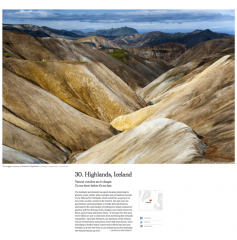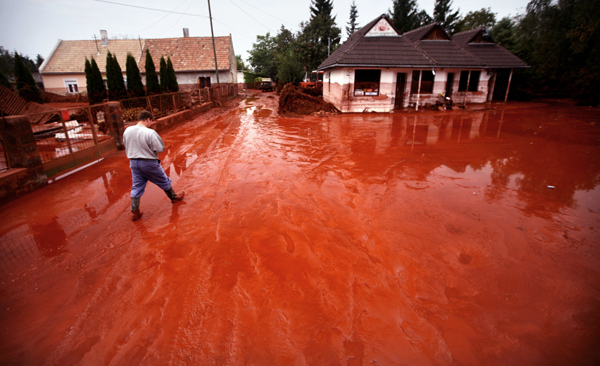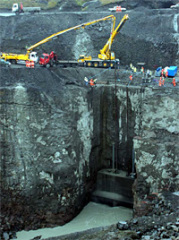Feb 16 2014
1 Comment
New York Times Sounds Alarm for Endangered Icelandic Highlands
Natural wonders are in danger.
Go see them before it’s too late.
The Icelandic government has spent decades protecting its glaciers, pools, ponds, lakes, marshes and permafrost mounds in the Thjorsarver Wetlands, part of the central highlands, which constitute some 40 percent of the entire country, mostly in the interior. But last year, the government announced plans to revoke those protections, allowing for the construction of hydropower plants (instead of glaciers and free-flowing rivers, imagine man-made reservoirs, dams, paved roads and power lines). “If they get into this area, there will be no way to stop them from destroying the wetlands completely,” said Arni Finnsson, the chairman of the Iceland Nature Conservation Association. More bad news looms: A law intending to further repeal conservation efforts has been put forward, so if you ever want to see Iceland in all of its famously raw natural beauty, go now. — DANIELLE PERGAMENT

 The disastrous chemical accident has been declared Hungary’s largest and most dangerous environmental catastrophe, exceeding by far the 130000 cubic meters of cyanide-tainted water that spilled in 2000 in Baia Mare, Romania. Ten years later, traces of cyanide are still found in the area. It is worth noting that this cyanide was in a liquid form, therefore very quickly carried aways by the river whereas the thick red mud will sit there for years, sipping into the ground and reaching ground waters.
The disastrous chemical accident has been declared Hungary’s largest and most dangerous environmental catastrophe, exceeding by far the 130000 cubic meters of cyanide-tainted water that spilled in 2000 in Baia Mare, Romania. Ten years later, traces of cyanide are still found in the area. It is worth noting that this cyanide was in a liquid form, therefore very quickly carried aways by the river whereas the thick red mud will sit there for years, sipping into the ground and reaching ground waters.